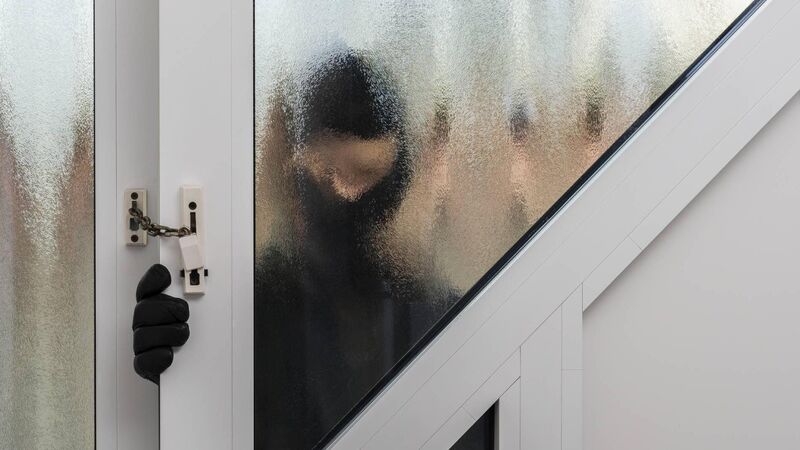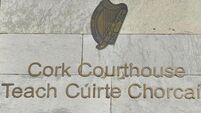CSO: Homicide and burglary detection rates rise, sexual offence detections stay low

Even though Garda detection rates for burglaries improved, it still had one of the lower detection rates. File photo
Garda detection rates for most crimes — including homicides, assaults, robberies and burglaries — have improved in the last year, according to new figures.
The increases were greatest in relation to homicides, kidnappings, and certain assault categories — including murder threats and attempted murder. Figures published by the Central Statistics Office show a slight decrease in detection rates for sexual offences and drug offences, however.
Low detection rates continue to be a feature of certain crimes, such as sexual offences, burglaries, frauds, and property damage.
The CSO Recorded Crime Detection report shows that Dublin has more crimes per head of population, and lower detection rates.
It shows that males account for the vast bulk of crimes, except for theft, where females account for 35% of reported offences.
The statistics show that detection rates increase as time passes with more investigations being completed, particularly for homicides and sexual offences.
A detection is where gardaí identify a suspect and a charge or sanction results.
Comparing detection rates in 2020 to the previous year, the figures show:
- 82% of homicides in 2020 were detected, compared to 65.5% of homicides in 2019;
- 10% of sexual offences were detected (12% in 2019);
- 38% of assaults were detected (33% in 2019), with large improvements in detections of attempted murders (from 22% to 42%) and threats of murder (up from 26.5% to 35%);
- 87% of dangerous or negligent acts (including dangerous driving) were detected (86% in 2019);
- 46% of kidnappings were detected (25% in 2019);
- 31% of robberies were detected (26% in 2019), including 30% of robberies from the person (22% in 2019) and 50% of bank and post office robberies (42% in 2019);
- 22% of burglaries were detected (15% in 2019);
- 36% of thefts were detected (33% in 2019);
- 19% of frauds were detected (20% in 2019);
- 84% of drugs offences were detected (88% in 2019), mainly due to a drop in drug supply detections, but there was a significant rise in detections of drug importation (from 48% to 62%);
- 76% of weapons offences were detected (73% in 2019);
- 24% of property damage offences were detected (20% in 2019);
- 86% of public order offences were detected (84% in 2019).
The report shows that detection rates increase as more time passes. In relation to crimes reported in 2019, an analysis of detection rates eight months after, and then 20 months after, show:
- Detection rates for homicides in 2019 rose from 65.5% to 74%;
- Rates for sexual offences rose from 12% to 20%;
- Rates for burglaries increased from 26% to 31%;
- Rates for drug offences rose from 88% to 93%.
The statistics, like all CSO crime data, are being published 'under reservation', meaning there is a continuing issue with the quality and reliability of the garda figures.










